Optimal Timing for Storm Restorations
Storm restorations are most effective when performed during specific times of the year to ensure safety, efficiency, and optimal results. The timing depends on local weather patterns, storm frequency, and seasonal conditions that influence the severity and likelihood of storms.
Storm restorations are often prioritized during peak storm seasons when damage is most likely to occur. In California, this typically includes late fall through early spring, with increased storm activity.
Performing restorations in the off-season can reduce costs and scheduling delays. Weather conditions are generally more predictable, allowing for safer and more efficient work.
Ideal times for storm restorations include periods of dry, stable weather with low wind speeds. This minimizes risks and ensures quality workmanship.
Pre-storm inspections and minor repairs can be scheduled during calmer months to prepare properties for storm season, reducing potential damage.
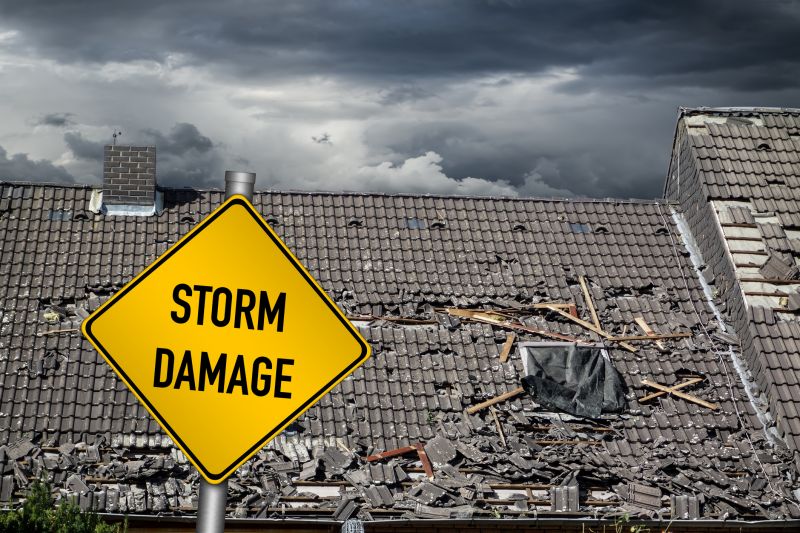
Evaluating storm damage promptly ensures timely restoration efforts.
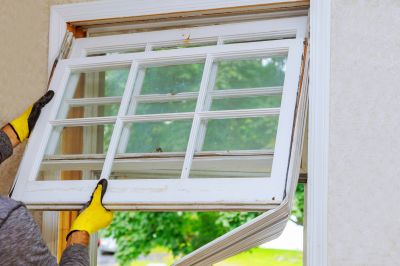
Restoration work underway after storm damage.
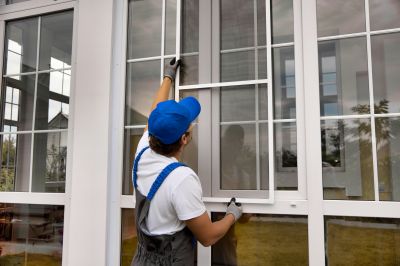
Preparing properties before storms strike.
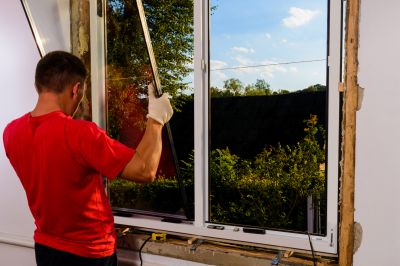
Ways to make Storm Restorations work in tight or awkward layouts.

Popular materials for Storm Restorations and why they hold up over time.
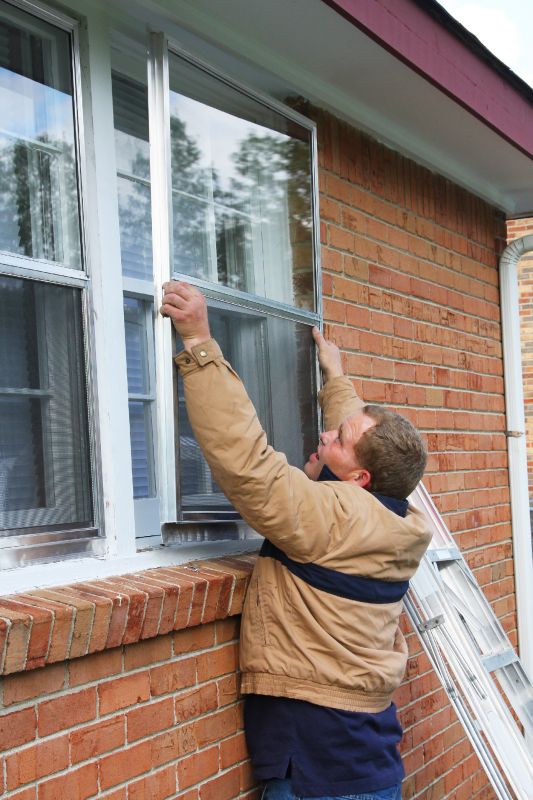
Simple add-ons that improve Storm Restorations without blowing the budget.
Storm restorations involve repairing and restoring properties damaged by severe weather events. These projects can include repairing roofs, siding, windows, and structural components. Timely restoration minimizes further damage and helps maintain property value. The process often requires assessment, planning, and execution by skilled professionals to ensure safety and durability.
Statistics show that storm-related damages can significantly impact properties, with roof damage being the most common. Proper planning and scheduling restorations during optimal times can reduce costs and improve outcomes. In Folsom, CA, storm activity peaks during the late fall and winter, aligning restoration efforts with periods of increased storm likelihood.
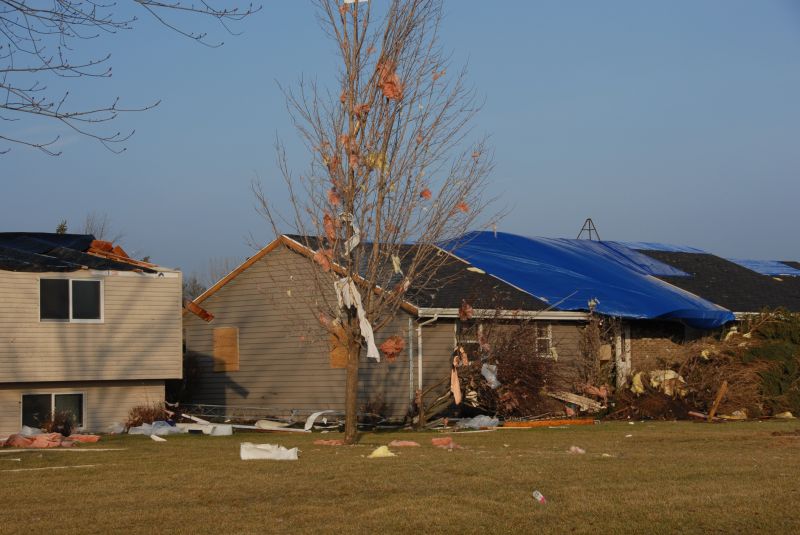
Restoring properties after storm damage.

Using durable materials for long-lasting restorations.
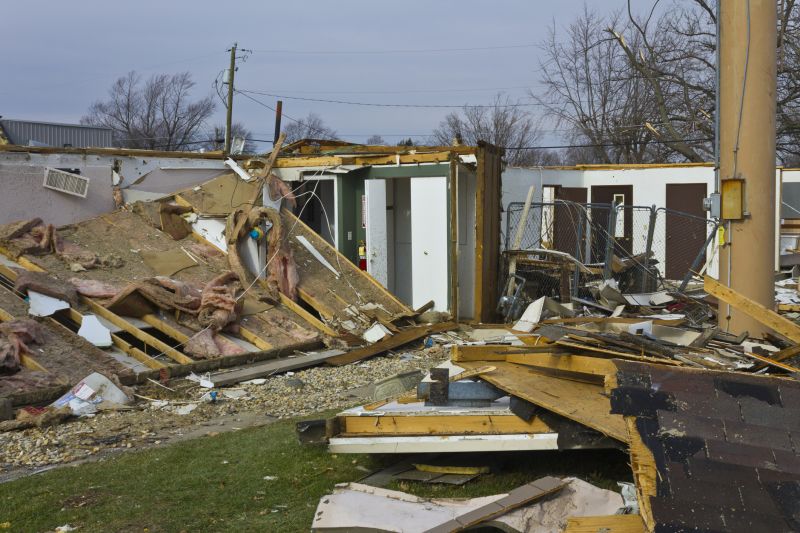
Rapid response to storm damage for quick restoration.
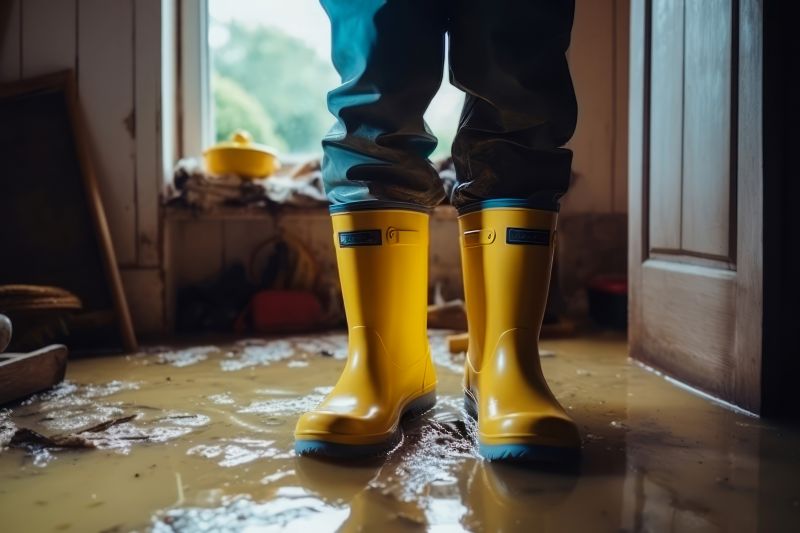
Ensuring quality and safety after restoration.
| Season | Optimal Restoration Timing |
|---|---|
| Late Fall | Ideal for pre-storm preparations and minor repairs. |
| Winter | Peak storm activity; best for major restoration work. |
| Early Spring | Suitable for post-storm cleanup and repairs. |
| Late Spring | Good for scheduled maintenance before storm season. |
| Summer | Less ideal due to dry weather, but suitable for inspections. |
Folsom residents and property owners should consider scheduling storm restorations during the late fall and winter months to address storm damage promptly. Planning ahead during the spring can also help prepare properties before the storm season begins. Proper timing ensures that restoration work is completed efficiently and effectively, reducing potential risks and costs.
Interested property owners in Folsom, CA, can contact professionals to discuss the best timing for storm restorations tailored to specific property needs. Proper planning and execution can help safeguard properties against future storm damage and maintain structural integrity.
